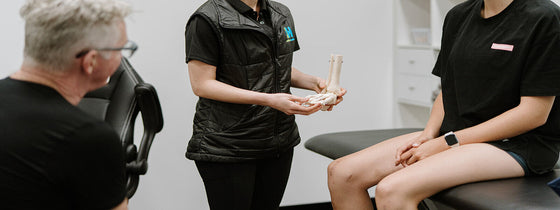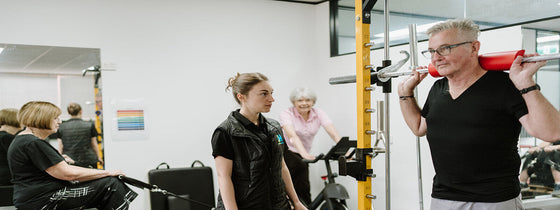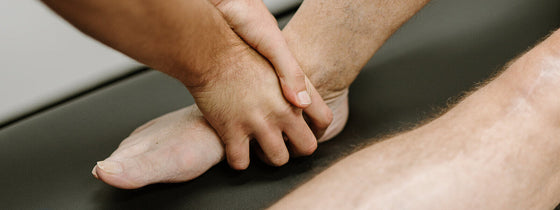Osgood-Schlatter disease is a common condition that affects young athletes, particularly during their growth spurts. It occurs at the tibial tuberosity, just below the kneecap, and can lead to pain and discomfort during sport and daily life. Known scientifically as osteochondrosis or tibial tubercle apophysitis, this condition is important to recognize and manage early. As Physiotherapists here at the Optimal Health Lab, we see this condition commonly and love to help athletes and families bust the myths around this problem but ultimately find a plan best fitting each child.
Osgood-Schlatter disease typically impacts, the young athletic population
During these ages, the tibial tuberosity is still developing, making it particularly vulnerable to the stresses of physical activity and heavy sporting demands. The primary cause of Osgood-Schlatter disease is repetitive traction on the tibial tuberosity from activities that involve jumping or sprinting. This repetitive stress can lead to micro avulsion fractures and irritation of the surrounding tendons.
Athletes with Osgood-Schlatter disease may experience:
Risk Factors
Several factors can increase the likelihood of developing this condition:
Physiotherapy Management
1. Rest and Recovery:
2. Ice Therapy:
3. Stretching and Strengthening Exercises:
4. Activity Modification:
5. Footwear Assessment:
Most young athletes recover fully from Osgood-Schlatter disease with appropriate management and guidance. It’s essential to monitor symptoms and consult a physiotherapist for personalized advice.
In summary, if your child is experiencing knee pain and is involved in sports, it may be worth exploring the possibility of Osgood-Schlatter disease. Early intervention through physiotherapy can lead to a quicker recovery and help prevent long-term issues. Don’t hesitate to reach out for more information or to schedule a consultation!
If you have any questions or would like to learn more about Osgood-Schlatter disease, feel to get in touch with the team at Optimal Health Lab!

If you're experiencing back or neck pain with neurological signs and symptoms, a thorough neurological examination is crucial for accurate assessment and effective treatment. In this Optimal Tip learn more about what we mean by completing a neurological exam!

Squats, deadlifts, and calf raises are key movement patterns that should be part of every strength and conditioning program—regardless of age and activity level. These functional movements support joint health, improve posture and balance, and reduce the risk of injury while building strength where it matters most.

A ganglion cyst is a fluid-filled swelling that typically forms over a joint or tendon sheath, causing discomfort and pain, especially when pressing against nerves or joints. Proper assessment and treatment, including physiotherapy, are essential for managing symptoms and improving function in the presence of a ganglion in your hand, foot, or wrist.